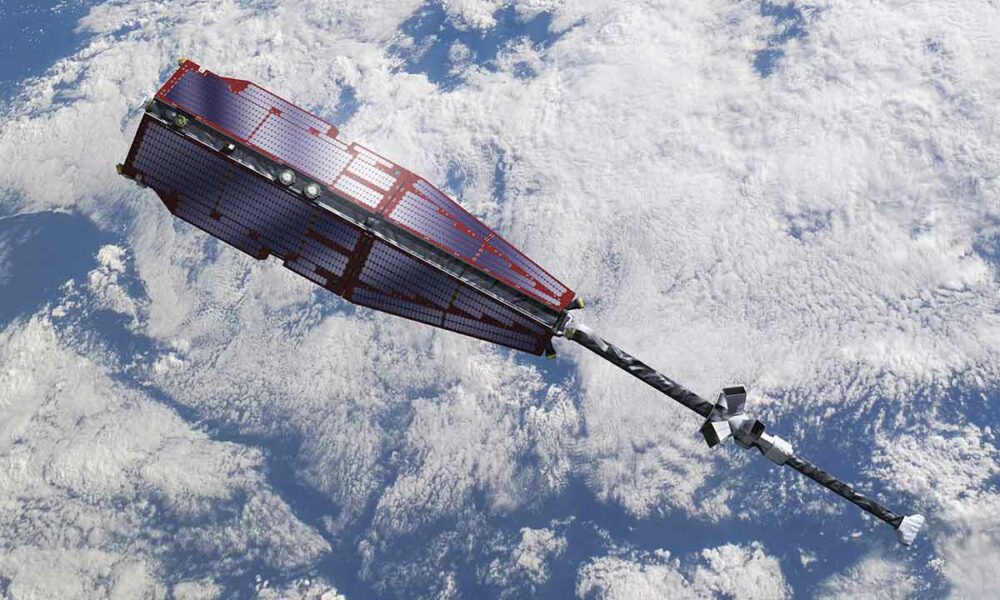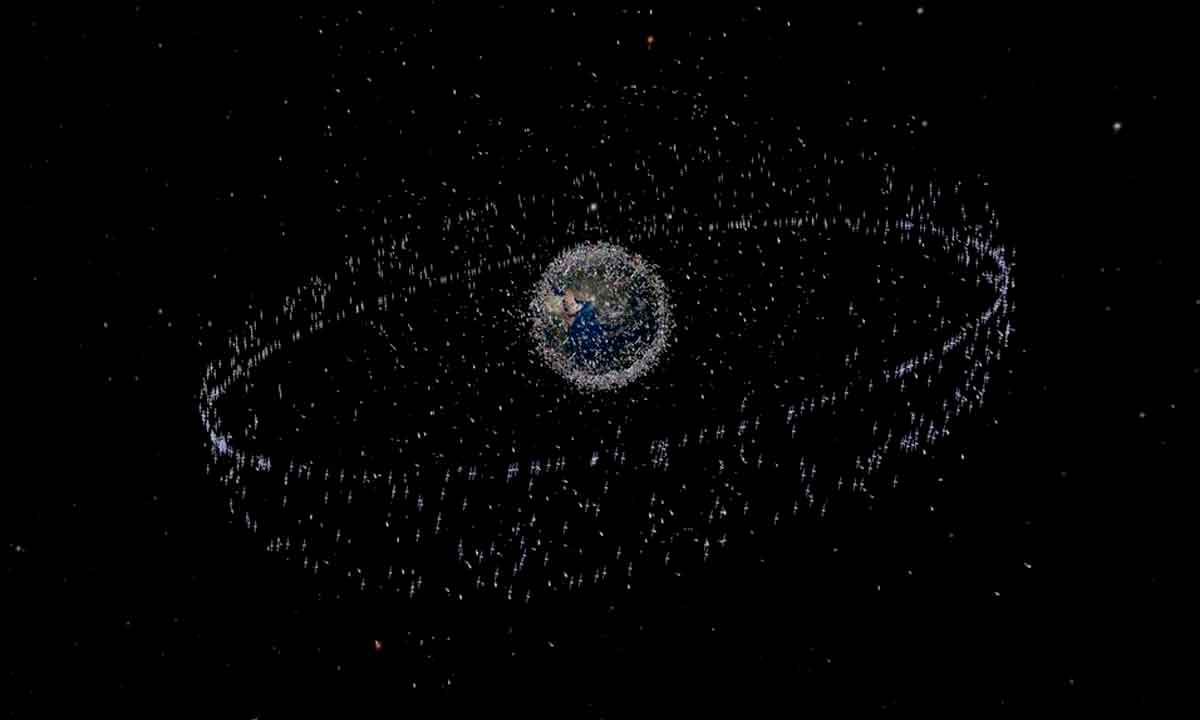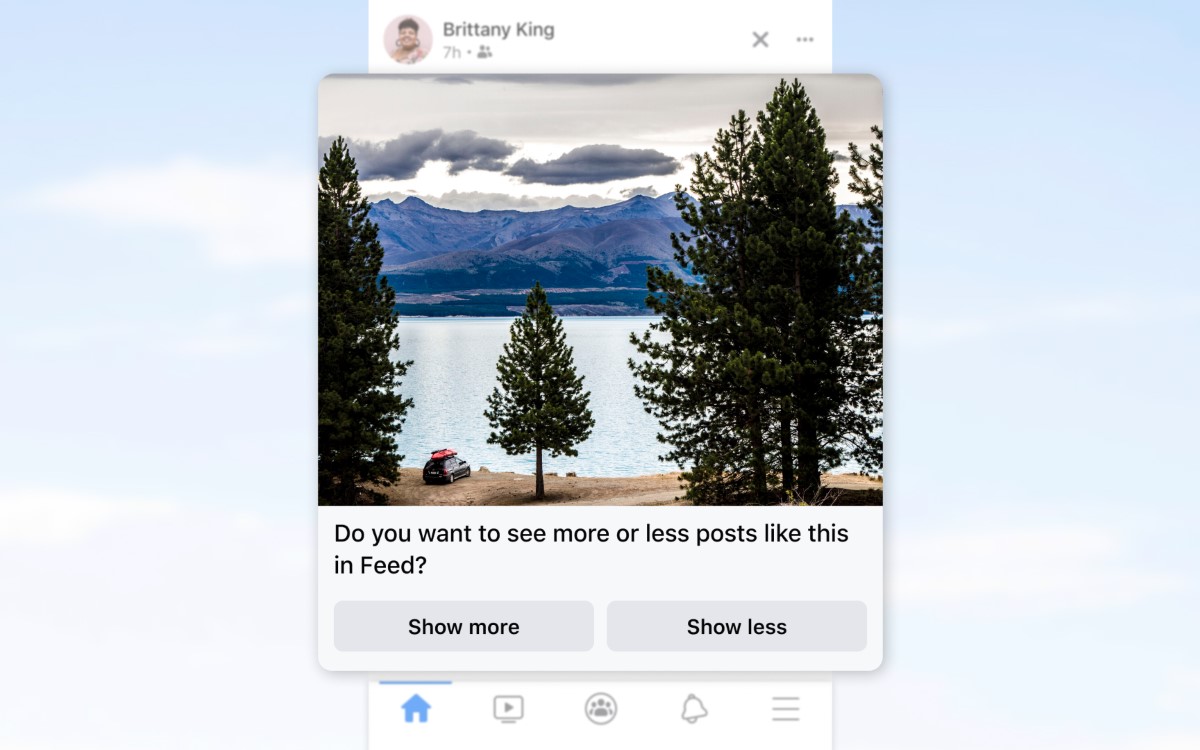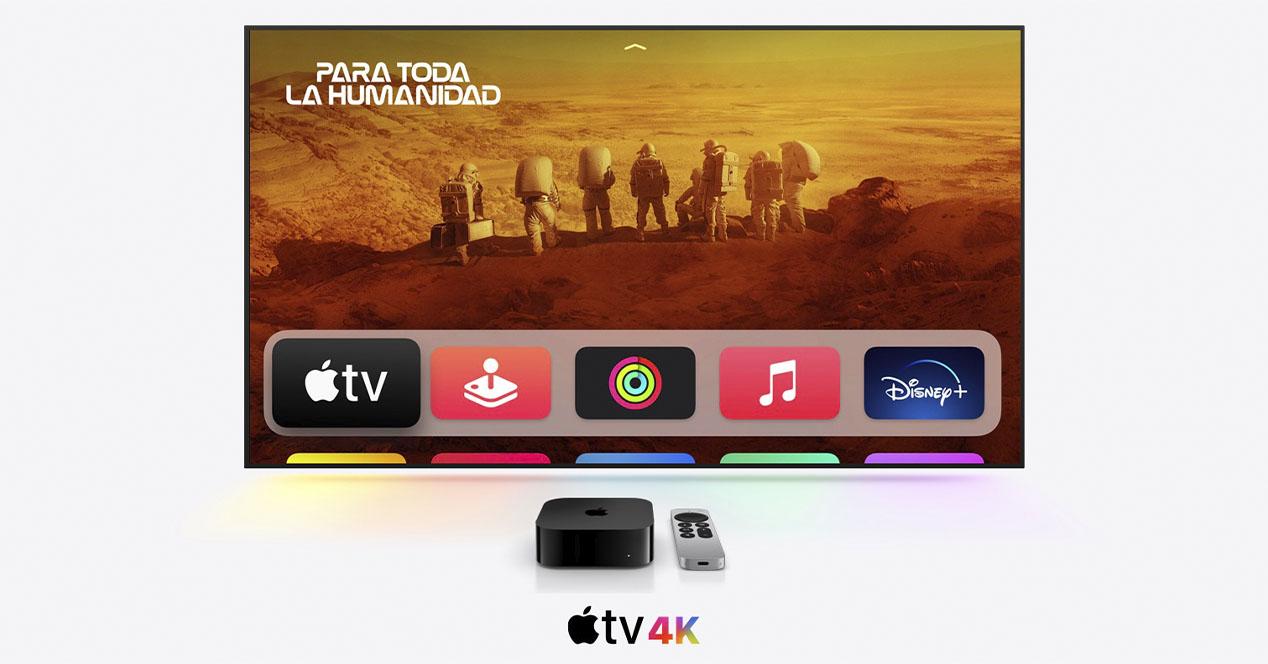
That space debris is a growing problem It is neither a novelty nor a surprise, but it is something that we must keep in mind, since its consequences can be devastating. Only between the end of last year and the beginning of this 2022 we have had evidence of three incidents in low orbit, one related to the International Space Station and some remains of space debris, a second in which the protagonists were the Chinese Space Station and a Starlink satellite that failed to move off the collision course and a third in which space debris nearly collided with a Chinese satellite.
During the last years Several systems have been devised to try to end this problem but, to date, there is still no effective and working solution, which added to the growing saturation of low orbit, something that will increase even more in the future, raises a forecast for the future that, as I have already said at other times, they pose an accident waiting to happen. Accident, yes, because we keep adding incidents.
The latest example of this can be found in the incident reported by the European Space Agency (ESA) on its website, a late identification of an object heading towards one of ESA’s Swarm satellites investigating the Earth’s magnetic field. This is not the first time, of course, that something like this has happened. The problem is that these situations are usually identified with more than 24 hours, but on this occasion the warning occurred when only eight were missing for the potential impact.
Thus, the ESA technicians who manage the Swarm, who were already working on changing the orbit of the satellite, they had only a fraction of the time that is usually used to perform the calculations to move the satellite. And it is that, at this point, we return to the problem of the saturation of the low orbit, in which any movement must be calculated millimetrically, taking into account the orbits described by all the objects located in it. In other words, it was a calculation against the clock.
Fortunately, the technicians were able to perform the calculations and modify the position of the satellite safely, something to celebrate, but at the same time one more reminder that new satellites (and especially mega-constellations such as Starlink) continue to populate low orbit. and more garbage leads us to the fact that, sooner or later, there will be a collisionthe effects of which can be catastrophic for all activities in low orbit.




